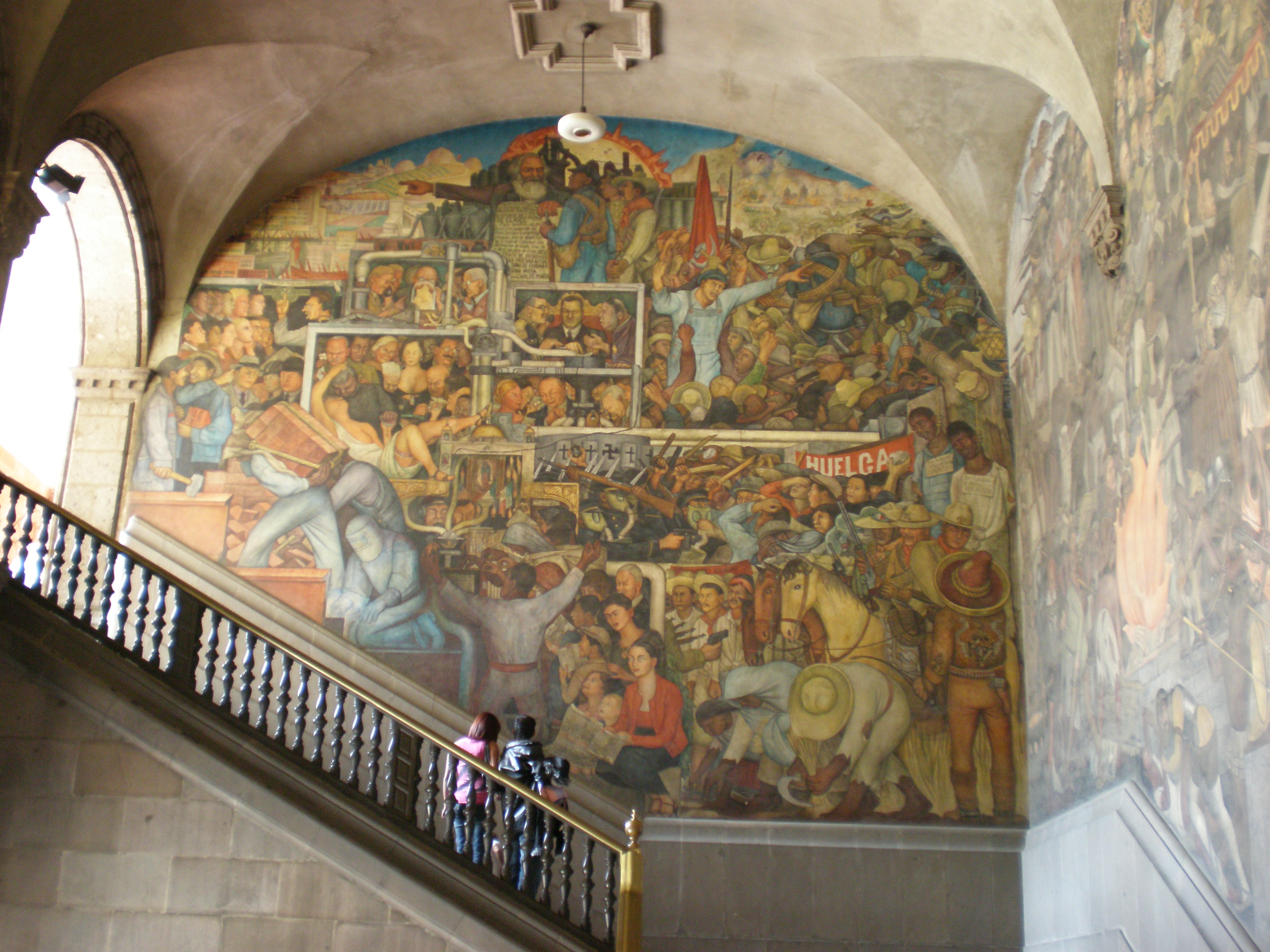Peter Shelton sculptures were produced from 1989 to present.
Each sculpture is abstract but also combines more literal imagery. Elemental
combinations of water and bronze are vibrant in each piece. The kinetic
sculptures fill the room with sounds of gentle splashing water. The calm and
somber sculptures have a connection to the human body by use of hollow vessels
and slow running water.
Peter
Shelton titled his show powerhousefrenchtablenecklaces. This obscure
title links some of the materials used in the show bronze, copper, French
table, necklaces, random items, and water. The cover of the shows card has an
upside down skull with water dripping out of the nose hole. This sets the tone
for the ritual experience the viewer is about to embark on. One begins to roam
slowly throughout the installation. Each large sculpture, warm in color and
sound, invite the viewer to come closer and investigate each piece. In powerhousefrenchtablenecklaces
one of the sculptures has water running all over necklaces. After exploring
each piece you begin to focus in on how many moments each sculpture has. The
house pictured above hangs with a creepy slight tilt and copper tubes running
in and out of each floor, nook, and cranny inside the house. As you peer in you can see each floor has water running down the stairs filling up the
cavity of each empty space. The viewer feels like a giant peeking in on a shrunken
flooded home. The connection between water and the empty cavities is close to
human bodily fluids and the hollow yet complex vessel the human body. Each
sculpture has so many different angels in which to view each assemblage.
Shelton
uses many different sculptures that represent vessels throughout the entire
installation. (Pagodawindowskull, 1993. Bronze, water, copper, pump, and
wood, 68 x 16 x 16 in. 600 (172.7 x 40.6 x 40.6 cm.) This piece has water
dripping from upside down architecture onto the skull. With the water dripping
all over the bronze and copper it begins to have the texture of skin. The soft
glistening copper is reminiscent of the dermis. Using a skull is tricky in fine
art and it can be a cliché, but how Peter Shelton combines the water and
material is removed from cheesy skull art. Shelton sculptures do not have a gothic or grotesque tone. The
materials balance each other out with the hard outer surface laced with running
water. The bronze shine sharp hints of blues and iron oxide tones while the
water curls over the top half of the skull. The assemblage with kinetic
movement and sound gently touches the senses. Shelton's installation
powerhousefrenchtablenecklaces is full of sculptures that link the vessel
and the human body. The connection between body and fluid is shown throughout
the installation space. Once you enter the other room two large sculptures
appear opposite in texture and color.
These
large-scale fiberglass sculptures are intense. They look like gigantic body
organs with many different holes. The sculptures welcome viewers to approach
and investigate the meaning. The connection between vessel and human body
become clear in this space. You can peer in each hole, even the awkwardly
placed holes where the viewer has to kneel down to see. These pieces take some
participation to fully embrace the connection between vessel and body. These
pieces in conjunction with the bronze pieces in the other room are a reference of
body and fluids. The sculptures also appear to be soft sculptures but in
reality are fiberglass. The contrast of hard and soft is like the human
body.
Peter
Shelton: powerhousefrenchtablenecklaces is a strong installation that
utilizes kinetic sculpture. The combination of vessel, fluid, architecture, and
human body links use with the material items we surround ourselves with. Home
and body in conjunction with vessel and water are important themes in Shelton’s
installation. Water is an important element that is vital to our survival on
earth.
















